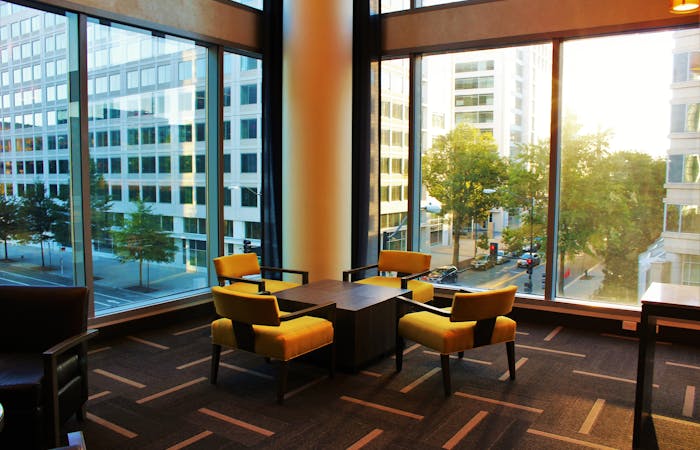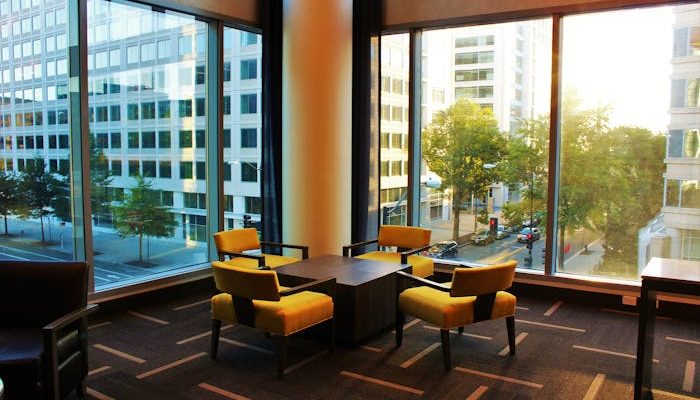
Nestled in the vibrant city of Melbourne, where the hustle and bustle of urban life never cease, finding solace within the walls of your home can be challenging. From the distant hum of traffic to the echoes of city living, the cacophony of noise can often invade even the most intimate spaces. However, amidst the lively energy of this cosmopolitan hub, there lies a desire for tranquillity—a longing to create a haven of quietude amidst the urban symphony. This article dives into soundproofing in Melbourne and beyond and will discover effective tips and tricks to reclaim the serenity they crave.
Understanding Sound and How it Travels:
Before diving into techniques, it’s essential to understand the nature of sound and how it travels. Sound is a form of energy that travels in waves through various mediums, such as air, walls, floors, and ceilings. When sound waves encounter obstacles, they can be absorbed, reflected, or transmitted, depending on the material and its properties.
Identifying Problem Areas:
The first step is identifying the areas where noise is most intrusive. Common sources of unwanted noise include traffic, neighbours, appliances, and household activities. Walk around your home and pay attention to where sound enters most prominently. Windows, doors, walls, and floors are typical culprits but don’t overlook less obvious sources such as air vents and electrical outlets.
Sealing Air Leaks:
One of the most cost-effective ways to reduce noise transmission is by sealing air leaks around windows, doors, and other openings. Gaps and cracks allow sound to travel freely, so use weather stripping, caulking, or foam sealant to create a tight seal. Additionally, consider upgrading to double or triple-pane windows, which provide better insulation than single-pane glass.
Adding Mass and Density:
Another effective strategy is to increase the mass and density of walls, floors, and ceilings. Sound waves have a harder time passing through dense materials, so adding layers of drywall, mass-loaded vinyl, or acoustic panels can help absorb and block noise. Consider installing thick carpeting with a dense underlayment for floors to minimise impact noise from foot traffic.
Decoupling:
Decoupling is a technique used to separate sound-transmitting surfaces to prevent noise transfer. This can be achieved by installing resilient channels, clips, or double-studded walls, which create an air gap between surfaces and reduce the direct transmission of sound vibrations. Decoupling can significantly improve the performance of walls and ceilings when properly implemented.
Absorbing Sound:
In addition to blocking noise transmission, it’s essential to absorb sound within a room to reduce reverberation and echoes. Acoustic panels, fabric-wrapped wall panels, and sound-absorbing ceiling tiles can help absorb mid to high-frequency sounds, improving overall acoustics and speech intelligibility. Place these panels strategically on walls and ceilings to maximise their effectiveness.
White Noise and Sound Masking:
Introducing background noise can sometimes help mask unwanted sounds and create a more pleasant environment. White noise machines, fans, or even running water can provide continuous, low-level sound that helps to drown out disturbances. Sound masking systems, which emit a neutral sound spectrum tailored to mask specific frequencies, are also available for more comprehensive noise control.
Summing it Up:
By implementing the tips and tricks outlined in this guide, you can transform your home into a peaceful oasis free from unwanted noise. Whether you’re dealing with noisy neighbours, street traffic, or household clamour, solutions can help you achieve the tranquillity you deserve. Experiment with different techniques of soundproofing in Melbourne to find the best combination for your space, and enjoy the blissful silence of your newly soundproofed home. Your sanctuary of silence awaits amidst the vibrant rhythm of city life.

